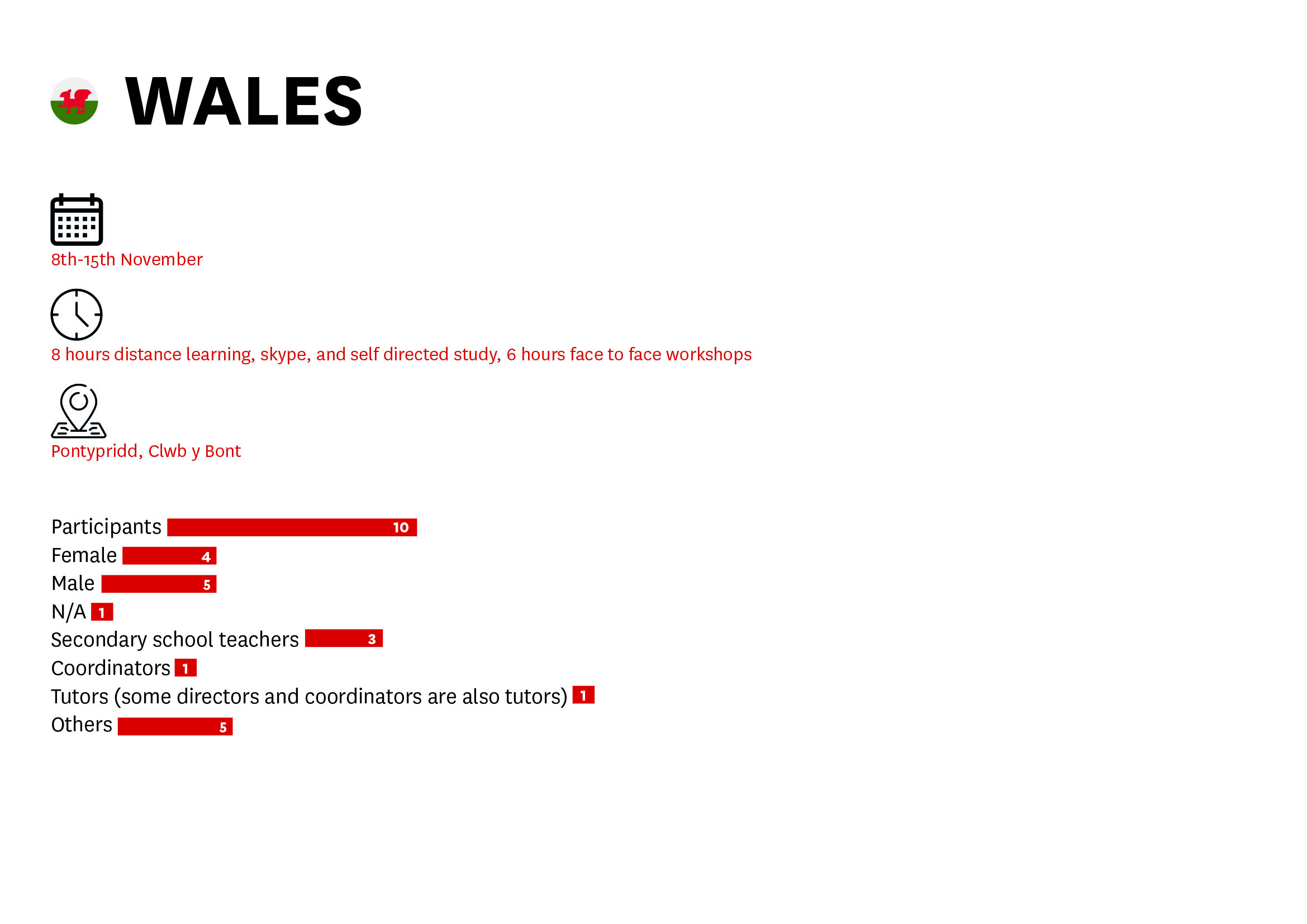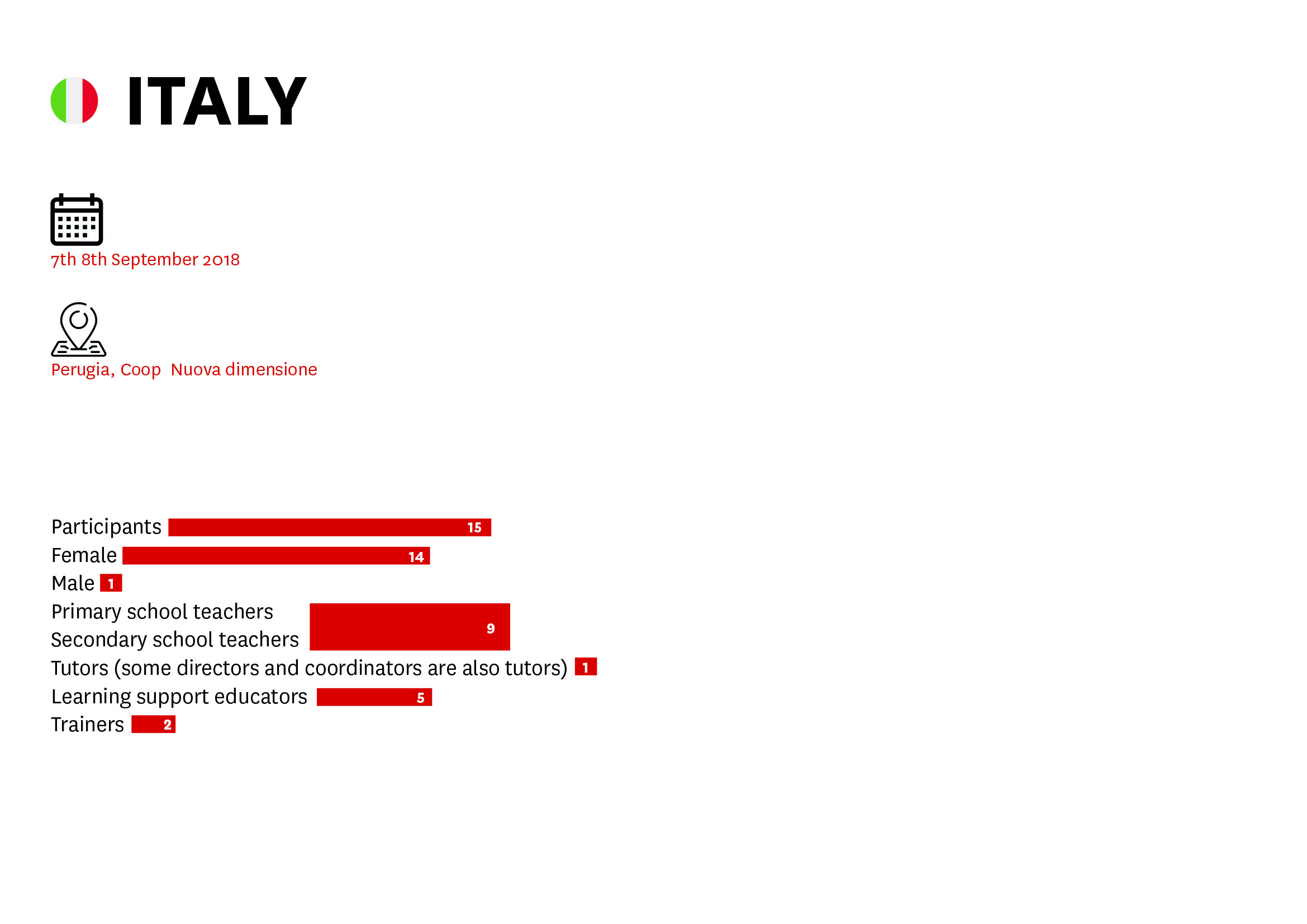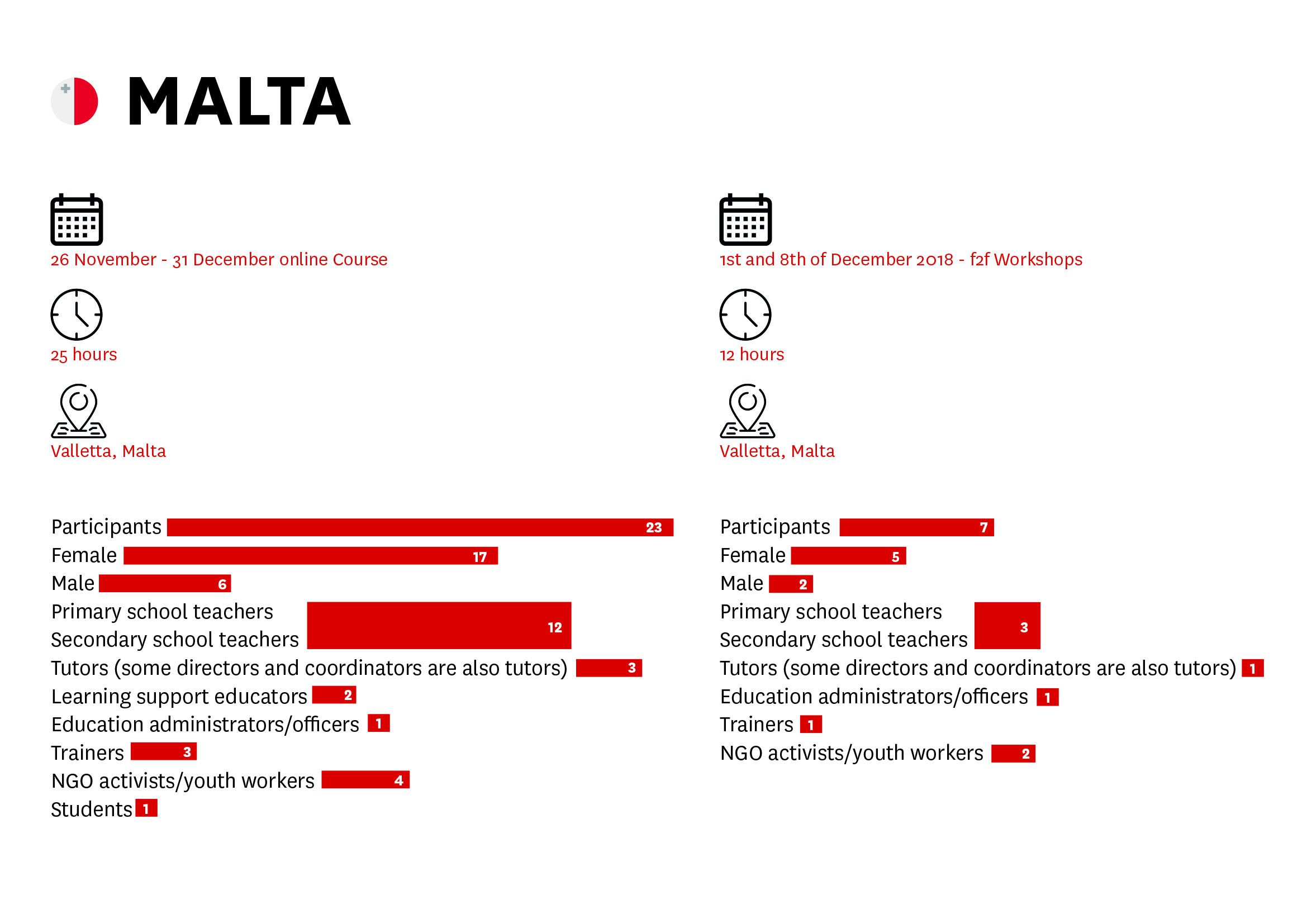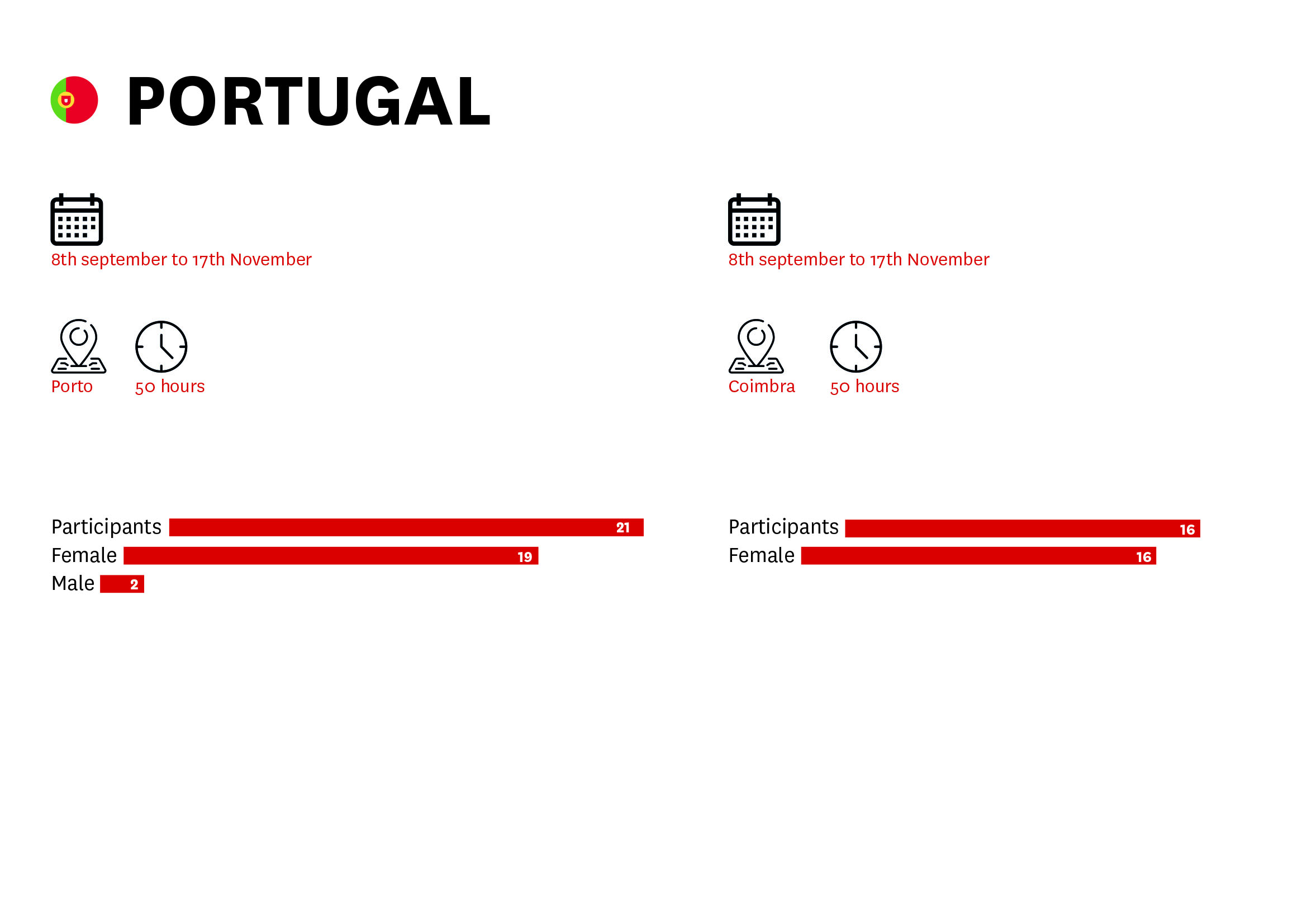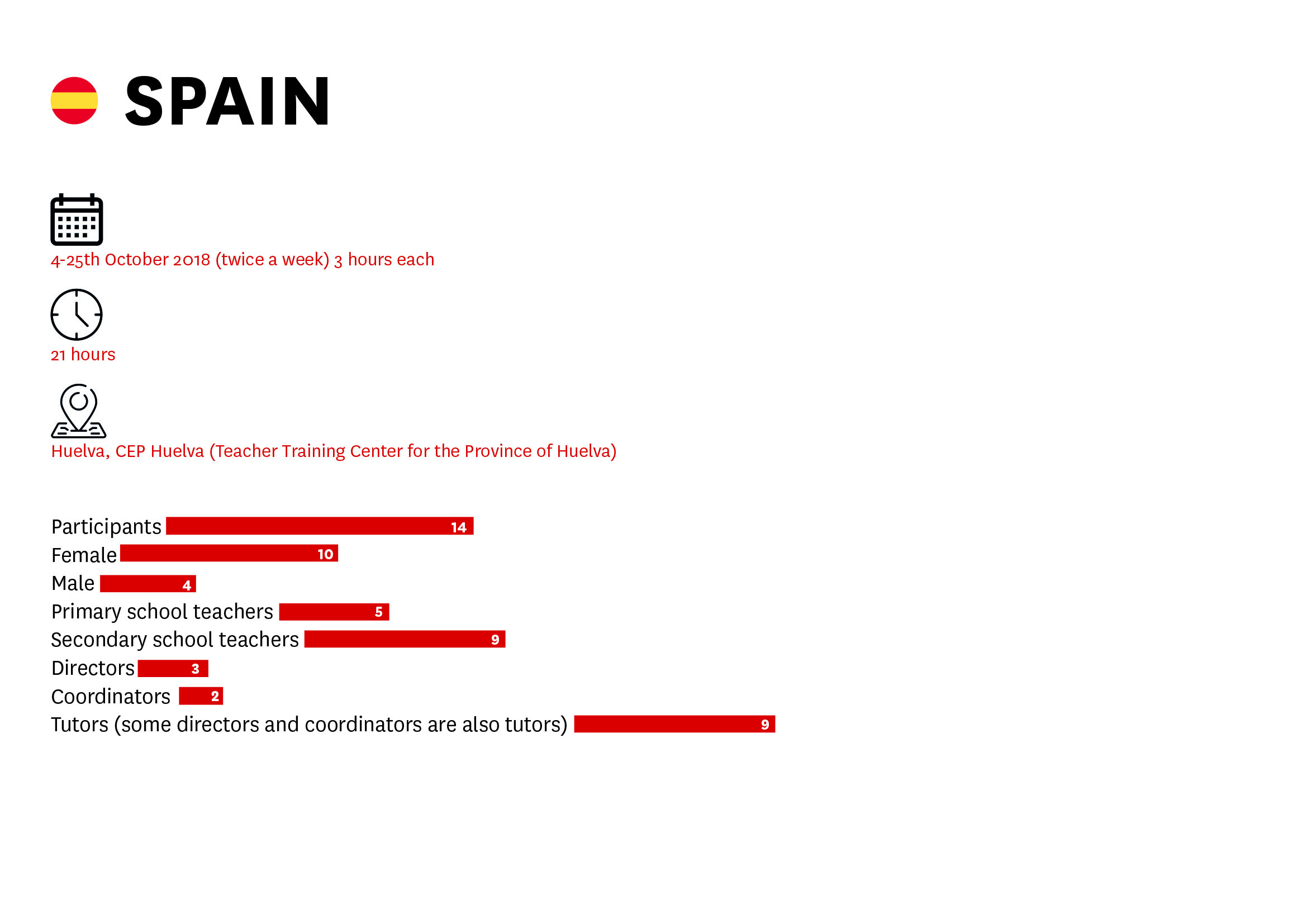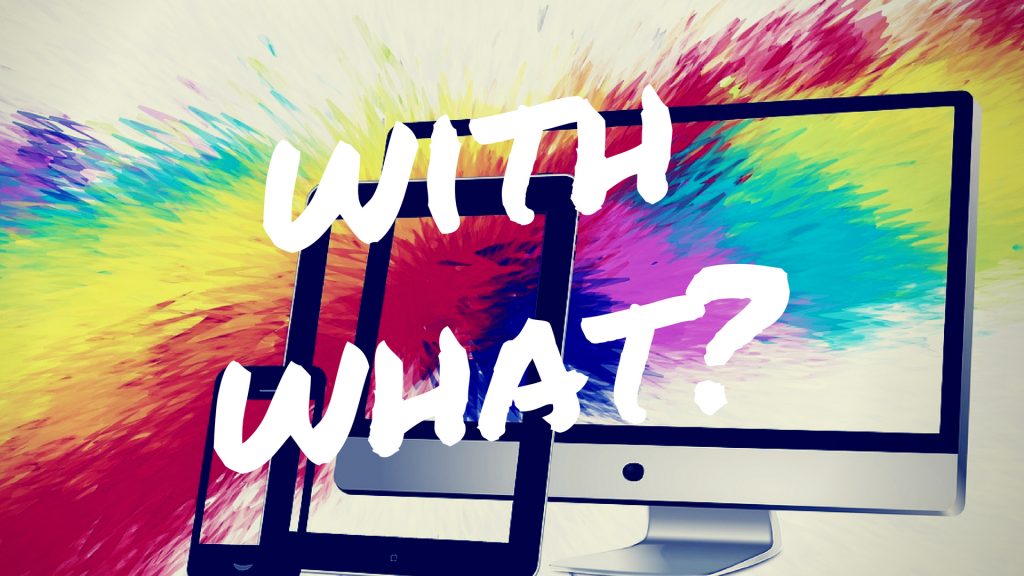
Con l’uso di diversi strumenti digitali che consentono agli studenti di interagire e creare nuove conoscenze
Come usare i media in classe
Una delle sfide più grandi è insegnare ai bambini a diventare prosumer responsabili.
Usare il video
Il video è un ottimo strumento pedagogico e creativo per facilitare il processo di insegnamento e apprendimento utilizzando programmi come VirtualDub, Cinefx Jahshaka, VideoPad, Blender, Avidemux, Wax, Windows Movie Maker, ecc.
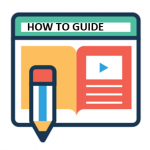
Questo articolo ci offre 5 strategie per coinvolgere gli studenti attraverso il video. In inglese.
Linee guida in italiano su come usare il video nella didattica
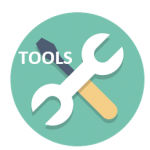
Uno strumento per aggiungere annotazioni ai video. In inglese

Un video su come fare una lezione interattiva. In inglese.

5 strategie per fare una valutazione attraverso il video.
Un corso di cinque lezioni, dallo storyboard ad imovie
Come usare l’animazione stop motion. In inglese.
Utilizzare i Podcast
I podcast sono un ottimo complemento del processo di apprendimento. Alcuni programmi come Audacity ti permettono di registrare e modificare file audio. Fornisce un nuovo modo di modellare, registrare e condividere contenuti su altre piattaforme.

Ardour è uno strumento web per produrre Podcast

Sito con tutorial sulla produzione e editing per internet radio e podcast. In inglese.

Una lista completa di risorse con idee su piani di lezioni e utilizzo di podcast in classe.
This comprehensive list of resources provides ideas of lesson plans and uses of podcasts in the classroom as well as examples of podcasts made in the classroom as part of a lesson.
Using curation tools in education
Content curation is fundamental in the age of infoxication. Through specialized search engines and content curators such as Scoop.it, we ensure the reliability and quality of information.

This is a list of 10 free curation tools for teachers, it provides a short description for how to implement them in educational contexts.
Using Blogs and vlogs in Education
Blogs offer multiple educational uses through multimedia language. The teacher can use it as an educational supplement outside the classroom. This enables students to continue learning through the different creative initiatives of the teacher: video lessons, publication of materials, resources, exercises, etc.
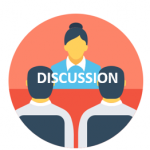
This article explains the case of a teacher that set up a blog for her students, how she did it and the outcomes of the project.

Blogfree – Create your own blog for free with templates and guides
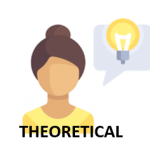
This article provides theoretical background and solid practical examples of how blogs and vlogs support the development of certain key competences in the classroom.

Complete guidelines on how to create a classroom blog

Teachers’ guide to setting up a blog

This article gives teachers 5 ways in which teachers can implement vlogging in the classroom, complete with tools and how to guides
Interactive platforms, gamification and Digital Learning Environments
The use of interactive platforms and gamified environments help educators take advantage of the motivating components of the game and stimulate cooperation among students. Some of the best tools to gamify the classroom are: Kahoot, Plickers, Socrative, Quizizz, FlipQuiz.

Mahara offers a series of interactive modules to create e-portfolios for various purposes

This is a free tool for teachers to implement the flipped classroom model. It allows educators to use the available TED ED videos and lessons or create a lesson from scratch around any video from YouTube with a tool to create evaluation questionnaires, discussions and more.

This tool provides teachers a game-based approach to teaching digital citizenship to students from 3rd to 5th grades. Students play the games and watch the videos and then they receive badges towards a digital passport.
Comics and Infographics
Comics and computer graphics are resources that can help in the process of motivating students and in the development of different skills. Programs such as Pixton or Infogram allow you to put these skills into practice.

Collection of practical ideas for teachers for using comic-life (or other comic making tool) in the classroom

This is a video of a teacher using super heroes to teach digital citizenship.
Social media and Mobile Apps
It is important to reflect on the use and management of different mobile applications to promote the inclusion of the smartphone in the classroom. Mobile devices make it easier for students to engage more effectively with academic subjects and to tweet or disseminate the content studied in the classroom through their social networks.

A teacher’s guide to using Twitter

This blog describes important concepts in the use of social media and is geared towards educators
Citizen Journalism Platforms
This includes the opportunities and threats afforded by citizen journalism to promote plurality of opinion in the face of information from the mainstream media.

This article explains misconceptions surrounding citizen journalism and includes a list of citizen journalism platforms from around the world.
Copyright Free Images and Music
The importance of raising public awareness of copyright on the Internet and the importance of referencing any type of material -visual, audiovisual, multimedia- accessed on the web.

Openphoto.net – A database of pictures which are free to be used also for commercial purposes

An overview on the functioning of the Creative Commons licence

Open License Educational Resources and Courses.

A Teacher’s Guide to Copyright
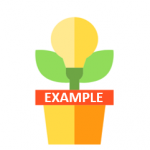
List of open source and public domain music sources collated by MIA’s coordinator
Coding
The ability to write code using different languages is one of the 21st century competencies that are necessary to work effectively in any field. It is important to include it as part of media and information literacy programs.

A video showing how to create a storytelling uisng scratch, so combining coding and creativity

A multilingual website with practical ideas, example curricula and lesson plans for teaching coding and computational thinking including offline activities and printable resources.
Code Academy
Using Maps
Maps are tools that offer multiple educational options to visualise different contexts and their geographical locations.

(Italian) Resource on using google maps to create stories, it offers a comprehensive account on the versatility of this tool.
General Tools and Miscellaneous Resources
Useful tools for the creation of multimedia and transmedia content and its subsequent dissemination in the media environment.

Edudemic.com – a place for readers to discover and engage with information about the newest technology, data trends, and digital tools available to them in order to meet the needs of all students in the communities they serve.

A curation website with different types of information (theory, resources, tools, activities, among others) produced by MIA’s Marie José

Flipped Classrooms – This teaching method encourages learning outside the classroom and promotes students’ application of skills during classes. The inverted classroom gives the student a more active role in his or her own learning process and is not only a passive receiver of content.
WeSchool is a platform offering tools for teachers to create their flipped classroom. Weschool is free for schools and non-profit organisations.
